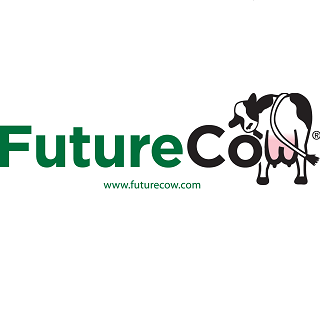Dairy farming

Attractive but unbalanced growth creating challenges
Rabobank forecasts that the global dairy market will expand at 2.4 per cent p.a over the next five years: to some extent the envy of the food world. But that growth will be unevenly spread, generating some important market dynamics.
Growth will be highly skewed to emerging markets, with countries like China, India and South East Asia expected to account for more than 80 per cent of market volume growth, while western markets continue to mature. Supplying these growth markets, many of which are already in supply deficit, with safe and affordable milk in coming years will require considerable advancement on many fronts: including the development of safe domestic supply chains in emerging markets and the expansion and marketing of surplus production in export regions. “Tapping into emerging market growth will present a particular challenge for many of the world’s dairy processors, most of which are domiciled in, and still focused on, the EU and US markets” said Tim Hunt, Global Dairy Strategist for Rabobank.
Opportunities will also be uneven across product categories. In particular, economic, demographic and dietary trends are likely to see cheese sales underperform the broader dairy market. With sales of higher end whey product set to track a much faster growth path, the strategic value of whey pools is rising rapidly. “The divergence of cheese growth and whey demand represents a major structural shift in the market, and justifies a re-evaluation of ingredient production and sourcing strategies” said Mr Hunt.
An era of elevated dairy pricing, but not necessarily profits
Rabobank forecasts that solid market growth, supply constraints and a structural shift in the costs of producing milk will sustain high milk and dairy commodity prices over the medium term. But this won’t translate to increased profits for all.
The unprecedented leap in farm gate milk prices in recent years has caused the position of dairy farmers to generally improve, but less than many outsiders might imagine. And the volatility of profits is far greater, the skill required to manage the business is significantly higher, and the inflation of asset prices, particularly in pasture based farming regions, ensures that most milk producers still earn a modest return on assets.
Downstream, the processing sector is also confronting enormous challenges from high and volatile input costs, difficult economic conditions and retail power. In general the processing sector has managed to maintain or improve their margins, through a combination of stripping costs, trading to higher value-added products and passing through cost increases to consumers. But experience has varied greatly by sector, with Fast Moving Consumer Goods (FMCG) players like Nestle and Danone faring well, cheese makers also improving their returns, while liquid milk players and major Chinese processors have seen their returns decline.
“In reality, an era of strong demand and heightened prices for dairy has, and will continue to, bring as many challenges as opportunities for the sector” said Mr Hunt. “Outsiders looking to enter what may in some regards appear to be an industry that has entered a golden age will need to carefully choose their investments, while those already inside need to continue to closely track industry direction and competitor moves to ensure they manage the risks adequately to position themselves to prosper”.






















